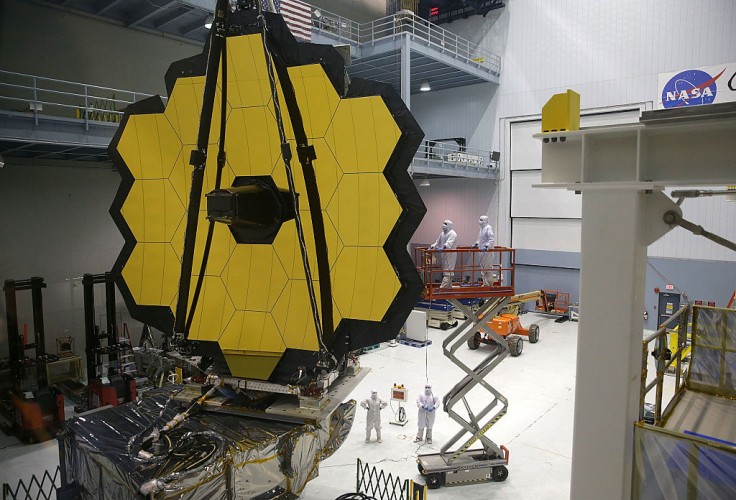
The NASA James Webb Telescope is getting ready to launch out to space! NASA experts recently announced that the next 29 days after liftoff will be the most critical steps for the space telescope's success.
Webb will unfold like an origami, a million miles away from Earth, with no backups and no second chances.
Space fans anticipate the launch of the James Webb Telescope, also unofficially referred to as the successor of the Hubble Space Telescope. Webb promised to be the largest, most powerful and complex telescope ever built for outer space--if it would survive its deployment sequence.
NASA James Webb Telescope: The 29 Days After Launch
NASA recently tweeted a quick overview of their deployment sequence for Webb. The post said, "For the 29 days after liftoff, our @NASAWebb Space Telescope will unfold like origami step by step so it can begin telling the origin story of the universe. There are no second chances."
We’ve never done any of this before.
— NASA (@NASA) October 18, 2021
For the 29 days after liftoff, our @NASAWebb Space Telescope will unfold like origami step by step so it can begin telling the origin story of the universe. There are no second chances: https://t.co/4JOcch1XiU pic.twitter.com/WV87kFARbe
The eight-minute video clip featured different key figures and representatives working behind the James Webb Space Telescope. They explained some of the important events on deployment.
NASA James Webb Telescope Origami Deployment
According to the video, Webb will have the largest primary mirror and sunshield. When fully deployed, the sunshield measures almost 70 feet by 47 feet. However, this telescope will need to fit a 5.4-meter diameter rocket, the largest fairing size available on any rocket up to date. To cheat this, researchers "folded" Webb like an origami.
Taking that into consideration, NASA admitted the most challenging part of Webb's mission will be its unfolding. Remember, space has zero gravity, so Webb needs to work perfectly and remotely without having someone to fix it.
Webb will have approximately 50 major deployment mechanisms and 178 release mechanisms. It will also have 70 hinge assemblies, 400 pullies, 90 cables, eight deployment motors, bearings, springs and gears. Keep in mind that one faulty mechanism might cause errors and breakdowns to the whole deployment sequence.
The whole deployment sequence would take 29 days, with the first two weeks as the most nerve-wracking dates.
How to Watch James Webb Launch
James Webb is scheduled to launch sometime on December 18. For now, due to security protocols, NASA will keep the specific timeline confidential.
More details and related information will be released the closer Webb's launch date gets. For interested viewers, bookmark and visit NASA's official James Webb webpage, where they post all the necessary information. Fans should also follow their social media accounts, like the Twitter account mentioned above, for real-time updates on their space journey.
The James Webb launch and deployment sequence is the culmination of over two decades of study and space research. As a space fan, this is definitely one event that shouldn't be missed.
Related Article: NASA Hubble Images: Space Telescope Snaps Mysterious 'Double' Galaxy That Confuses the Hell Out of Astronomers









